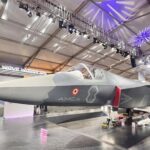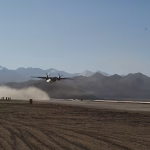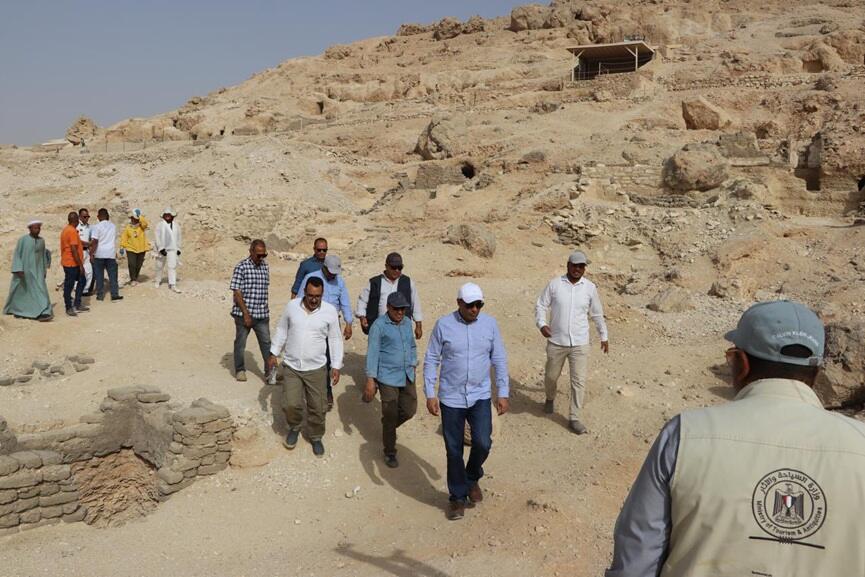New Delhi: India’s effort to showcase its home-built Tejas fighter jet to global arms buyers suffered a major setback after the aircraft crashed during an aerial display at the Dubai Airshow, killing Wing Commander Namansh Syal.
The cause of the crash remains under investigation, but the incident has cast a shadow over India’s decades-long push to promote the jet on the international stage.
The accident unfolded in front of senior military delegations from around the world, including Pakistan, which attended the show just months after the two nuclear-armed rivals engaged in their biggest aerial confrontation in decades. Aviation analysts said such a public mishap is damaging for any nation trying to secure foreign buyers.
The Dubai Airshow is among the world’s most prominent aviation events, and crashes at such venues have become increasingly rare. Past accidents at the Paris Airshow involving Russian Su-30 and Soviet MiG-29 jets did not stop India from eventually procuring those platforms. Even so, officials and experts say the timing of the Tejas crash could slow interest from potential buyers.
India’s Tejas programme began in the 1980s as a replacement for ageing Soviet-era MiG-21s. But production delays, sanctions in earlier years, and challenges in developing local engines stretched its development for more than four decades. The Indian Air Force has ordered 180 units of the advanced Mk-1A version, though deliveries have been stalled by engine supply issues at GE Aerospace, which powers the jet.
“One tragic crash during a high-G demo doesn’t define an aircraft, but your ignorance surely defines you.#Tejas has flown 10,000+ successful test & operational sorties without a single technical-failure crash. If you still doubt it, that says more about your brain cells than the… pic.twitter.com/FxFSHLhzRf
— IDU (@defencealerts) November 21, 2025
A former senior executive at Hindustan Aeronautics Limited (HAL) said the Dubai crash has effectively frozen export prospects for now. HAL had identified Asia, Africa, and Latin America as potential markets and even opened an office in Malaysia last year. The immediate focus, he said, will shift to ramping up production for domestic needs, as the Air Force faces a declining number of fighter squadrons.
The IAF currently operates only 29 squadrons against an approved strength of 42, and several older fleets including MiG-29s, Jaguars, and Mirage 2000s are nearing retirement. While around 40 Tejas jets are already in service, officials say production issues have slowed their ability to replace the ageing inventory. India is now reviewing options for additional off-the-shelf purchases, including more French Rafales, to meet urgent requirements.
Alongside these decisions, India is also evaluating offers for cutting-edge fighters such as the US-built F-35 and Russia’s Su-57, both rarely seen together at the same airshow until this week.
Regional competition was also on display in Dubai. Pakistan showcased its JF-17 Thunder Block III, co-developed with China, and announced a provisional export agreement with an undisclosed friendly nation. The aircraft was displayed alongside Chinese-made missiles that Indian and US officials say were used in the downing of at least one Indian jet during last May’s brief but intense aerial clash.
India, by contrast, has been more cautious with the operational use of the Tejas. The aircraft did not take part in the four-day conflict with Pakistan last year and was absent from the Republic Day flypast in January due to safety concerns tied to single-engine fighters.

























